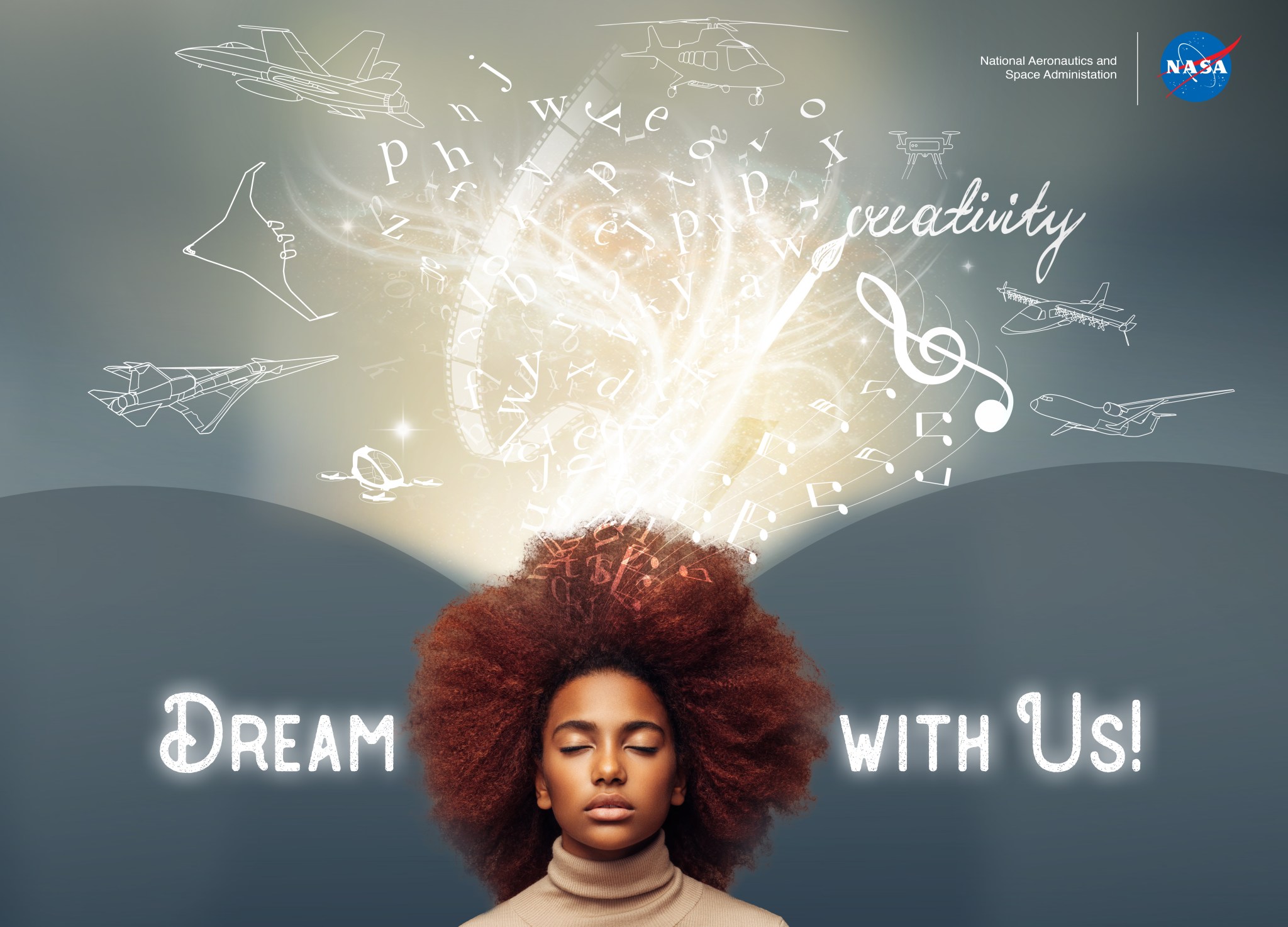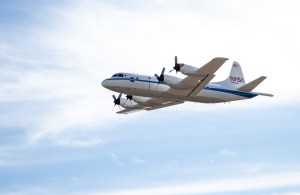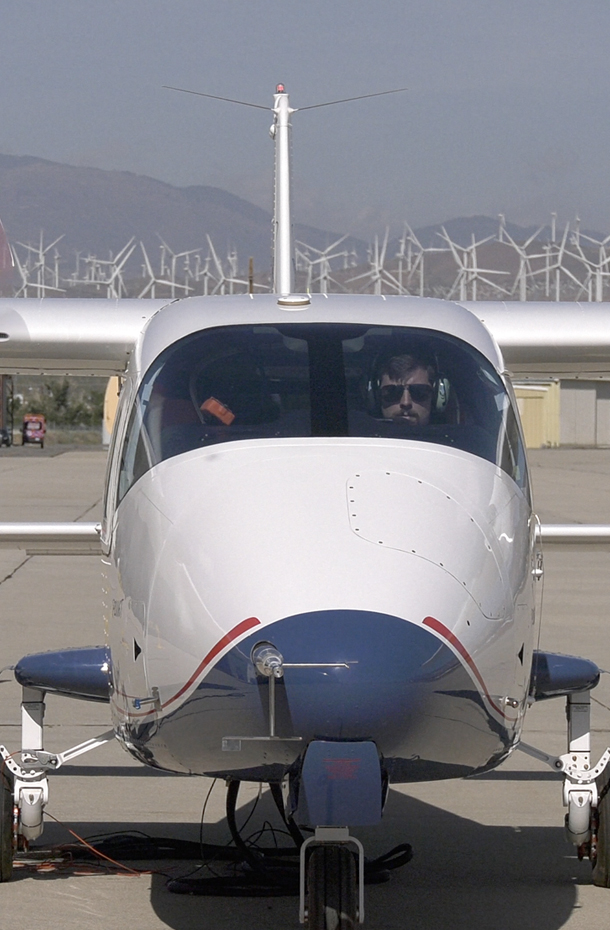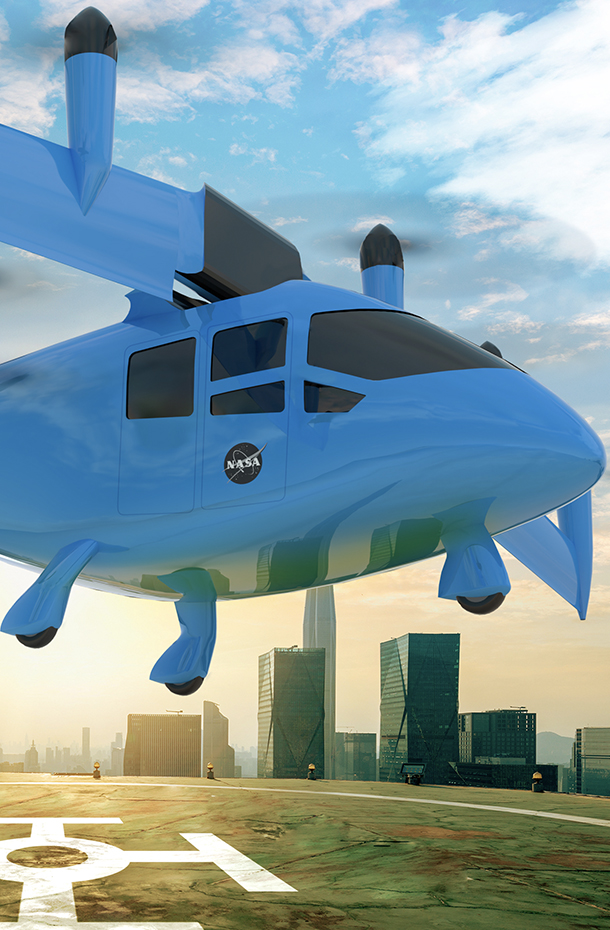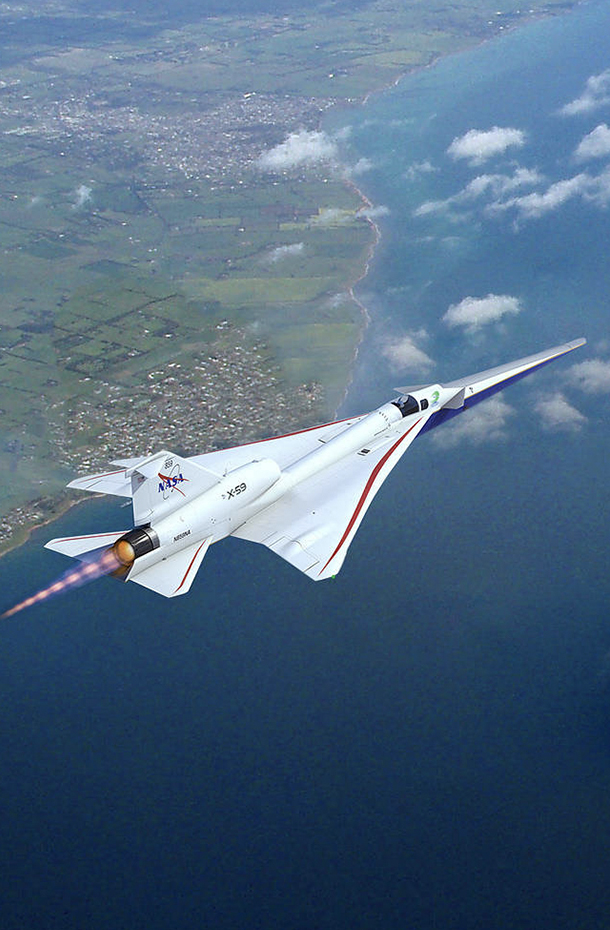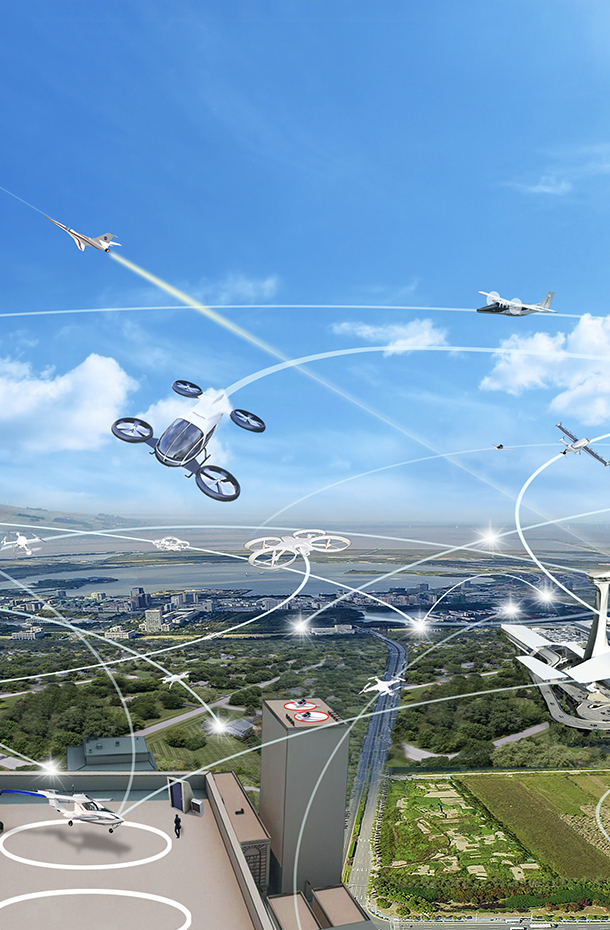Congratulations! Our 2022 Dream with Us challenge has concluded, and we are pleased to share the winning projects and the summaries created to explain their projects:
AGES 13-15
M. Winkes, Mount Vernon, WA: Grade 7
CO2-capturing solar-powered electric aircraft
My artwork is a picture of an electric airplane. The airplane is covered in solar cells. But, instead of being an added object on the plane, adding extra weight and changing the drag, it would be integrated into the outside of the plane, added like a paint or spray. The solar panels would charge the battery that runs the plane. That way, the plane would not emit any carbon dioxide. At the airport, they would also have solar charging stations for the planes so that there is enough energy to run the plane. Additionally, when at the airport, if it’s sunny, the solar cells.pn the plane will also charge the battery while the plane waits for takeoff. Also, there would be artificial carbon sequestration, little engineered nano crystals, which were invented recently, that specifically stick to carbon. They would be on the outside of the plane, taking carbon out of the atmosphere. When the plane lands, the carbon is removed. The plane would both reduce carbon emulsions and the amount of carbon in the atmosphere. It would cost a lot, but would positively impact the environment.
A. Schmidt, Leavenworth, WA: Grade 8
“The Airplane Thieves” short story
As cities expand, space for airports will become more limited. By using already existing infrastructure for aviation, access to the skies can become cheaper and more decentralized. While putting airports in or atop busy city centers is a recognizably dangerous idea, industrial buildings can be repurposed or partially redesigned at low risk. Multistory buildings would, of course, be more advantageous as there would be less horizontal space necessitated for hangar buildings. More people would have access to aviation as a result of shorter distances to travel and more local management. Furthermore, air travel could become cleaner by using electricity. With shorter lengths between small urban airports and vertiports, even limited battery capacity can be enough. Electricity is already in almost all buildings, and charging planes could even be a similar process to charging cars. Building airports atop existing buildings is a cheaper, cleaner, more local way to fly.
I. Martinez
Rescue Drone
I want to make a drone that could help rescue teams when there is flooding from a hurricane. They could be installed with a thermal sensor, heartbeat sensor, GPS, and some speakers. The purpose of all of these tools will be to help faster get people to safety. A heartbeat sensor or a thermal sensor would help to better see the radiation of someone in the process of drowning or someone that is stuck in their house. A GPS and a speaker would also be helpful because while the rescue teams are following the location of the GPS on the drone, they could also be giving out some type of instructions to faster get the people to safety while the rescue teams are on their way. The rescue teams could also be talking to the people to calm them down so they aren’t in a high state of panic.
AGES 16-18
P. Yu, Missouri, TX: Grade 11
Hydrogen-Powered Boeing 737
My solution is the culmination of hydrogen power and the Boeing 737. The Boeing 737 is said to be one of the most commercially used aircrafts in the realm of aeronautics. It can be imagined that because of such, the Boeing 737 is one of the biggest contributors to green house gas emissions in the facet of aircrafts. Implementing a new Boeing 737 that is hydrogen-powered would cut most greenhouse gas emissions and further the 737 legacy. Succinctly, my solution integrates the rudiments of the hydrogen fuel cell system into the design of the Boeing 737. This innovation is purely powered by hydrogen and oxygen tanks and the craft’s turbo fans are powered by the electricity generated from the process of electrolytic within this fuel cell system. Not only do they minimize greenhouse gas emissions, but being the fundamental elements of life, hydrogen and oxygen gases are super abundant and renewable unlike their fossil fuel counterparts. Although some may say that my solution is economically unsound, it can be said the same for any other solution that utilizes an alternative energy source. Hydrogen happens to be the best because it is most abundant, dependable, and innovative. I hope you are open-minded to the concept behind my innovative solution!
N. Prasad, Missouri City, TX: Grade 11
Oil-spill Fighting Drone
My artwork ties to solving aviation problems of the future by giving drones a new capability, one which has a positive impact on the environment. The drone in the sketch shows there are 4 propellers, a wind sensor, weather data collector, camera, and a hook. The 4 propellers would have a long length in order to move fast speeds while being able to carry heavy loads. The wind sensor and weather data collector gives the operator useful information about the circumstances of the environment around the drone. The camera gives the operator the ability to see the drone’s surrounding’s and adjust it’s positioning as needed. The claw is used to grab objects and move them to different places. Lastly, the hook on the drone allows for crew members to tie a strong rope to the hook and connect it to one side of the containment boom. Multiple drones can be used to adjust the placement of the boom in water much more easier. The design utilizes these parts to transport an inflatable boom, place it in water, and move it towards the site of impact. The solution helps people respond to an oil spill in a time-efficient manner, which is key to preventing the spread of oil over a body of water.
D. Joshy, Sugar Land, TX: Grade 11
Medical Assistant Drone (Medibot)
This drone is an improvement to the medical field by lightening the workload of medical personnel when the supply of these people are low and help is necessary. This is accomplished by a scanner placed on the drone itself which will scan the vitals of the injured person, such as blood pressure and pulse, and determine the treatments necessary to heal the person. With this information in hand, the Medibot will be able to determine what ails the injured person. The drone will also, from a compartment within the machine, provide basic first aid supplies to the injured and prescribe what must be done to benefit the situation. This design was based off of the medical assistant Baymax from the movie, Big Hero 6 in the way that it can scan the health of a person and recommend what must be done to help. However, Medibot will be more compact and easier to get to people faster with the reduction of such a large body and the ability to be aerodynamic. The purpose of this drone is to be a help during times of war when there is an influx of people in need of being treated but the supply of doctors and other medical personnel is low. Furthermore, the drone will be made of cheap materials so that it will be easier to produce as many Medibots as possible in order to help as many people as possible.
NASA Aeronautics Dream With Us Challenge 2022
























